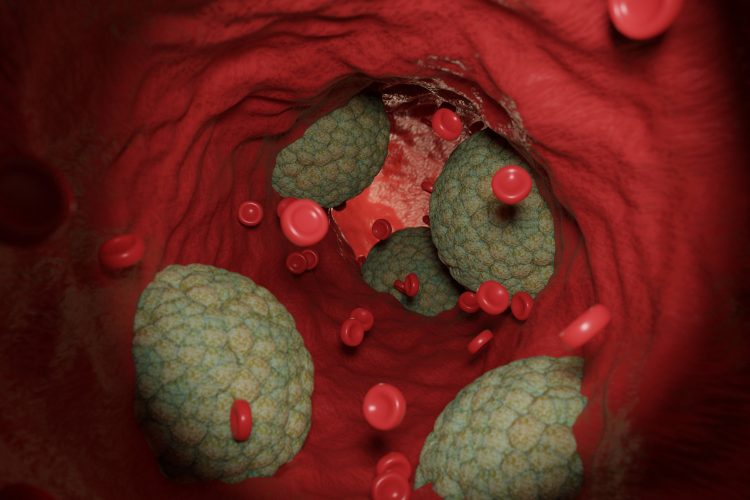Werner syndrome: mechanism behind atherosclerosis elucidated
Posted: 13 June 2024 | Drug Target Review | No comments yet
Researchers have developed a new in vitro co-culture system which enables an in-depth molecular analysis of atherosclerosis.


Researchers at Chiba University have developed a co-culturing technique to elucidate the underlying mechanisms of how patients with Werner syndrome (WS) tend to develop atherosclerosis earlier in life.
Werner syndrome is a rare genetic disease characterised by premature ageing. Globally, approximately one in every 100,000 have a mutation in the WRN gene, which produces the Werner protein. This protein belongs to the family of human helicases and is responsible for the maintenance of genomic stability, DNA replication, repair of DNA damage, and telomere maintenance. The mutation in the WRN gene causes accelerated aging in early adolescence or young adulthood because the affected cells cannot repair DNA damage correctly, meaning they become more susceptible to age-related diseases, including cataracts and osteoporosis, at a younger age.
One of the leading causes of premature death among patients with WS is early-onset atherosclerosis. Although much research has been conducted, the mechanisms that predispose patients with WS to atherosclerosis at an early age remain unclear, as atherosclerosis involves multiple chemical signals exchanged between different types of cells.
Led by Associate Professor Dr Naoya Takayama, the researchers developed a novel in vitro co-culture system that accurately represents atherosclerosis, enabling in-depth molecular analyses. The co-culture system uses induced pluripotent stem cells (iPSCs). As iPSCs can be induced from a person’s skin or blood cells, they enable detailed studies of how a patient’s genetics affect the way in which specific tissues behave.
The team leveraged the iPSCs obtained from WS patients and non-WS (healthy) individuals to differentiate key cells involved in atherosclerosis: macrophages, vascular endothelial cells, and vascular smooth muscle cells. They then analysed, with techniques such as transcriptomics and open chromatin analysis, the features of these cells independently and their responses to various conditions, as well as the interplay in co-culture of macrophage–vascular endothelial cells and macrophage–vascular smooth muscle cells together.
“Our study has revealed that inflammation triggered by mobile genetic elements called retrotransposons and interferon signalling are responsible for atherosclerosis in patients with WS. Macrophages in a pro-inflammatory state are the main malefactors that cause the development of and drive atherosclerosis in these patients, independent of other risk factors,” commented Dr Takayama.
Notably, the team could partially restore the correct functioning of the cultured WS cells by silencing interferon signalling in macrophages, which could, Dr Takayama said, could become the basis for effective treatment for patients with WS. Furthermore, he added: “The development of inhibitors targeting the interferon signaling pathway holds promise for reducing the incidence of stroke and heart attacks in patients with WS.”
Although further research on atherosclerosis in patients with WS will be required, this study will aid the development of effective management strategies, improving the life of patients with WS.
This study was published in Nature Communications.
Related topics
Cell Cultures, Disease Research, Drug Discovery Processes, Drug Targets, Genetic Analysis, In Vitro, Induced Pluripotent Stem Cells (iPSCs), Molecular Biology
Related conditions
Atherosclerosis, Werner syndrome
Related organisations
Chiba University
Related people
Dr Naoya Takayama (Chiba University)








